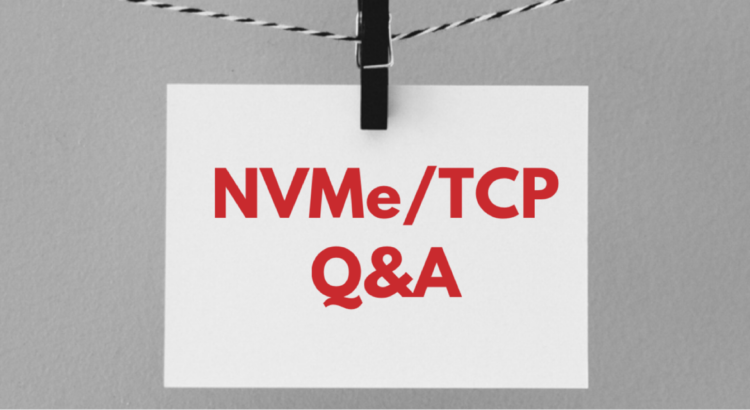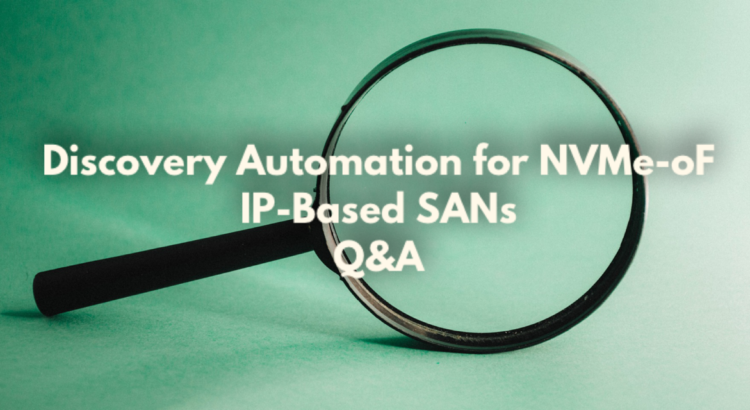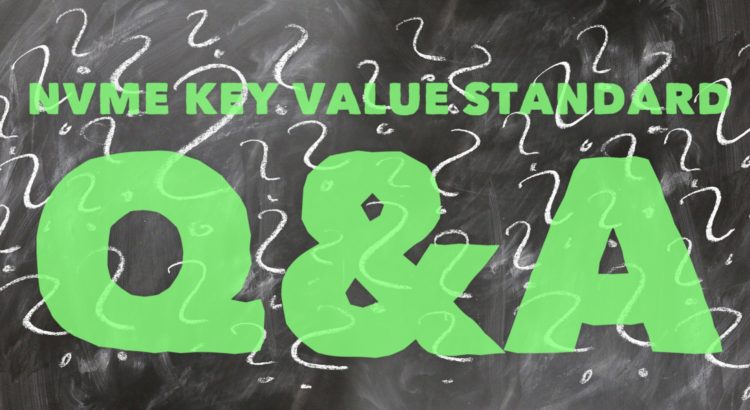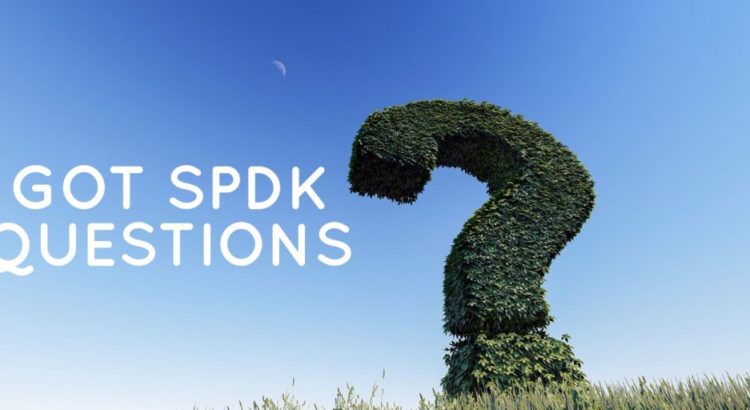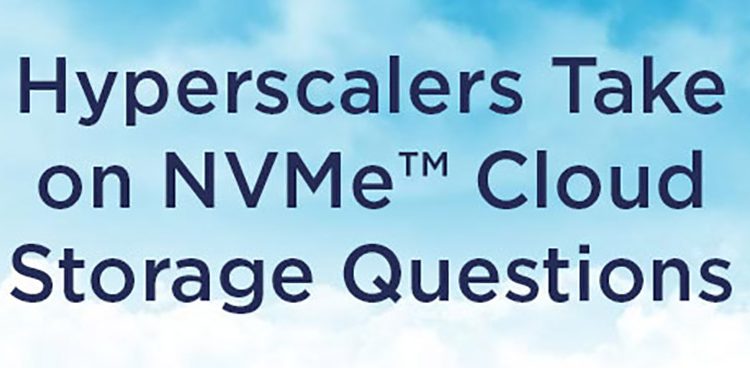The SNIA Networking Storage Forum (NSF) had an outstanding response to our live webinar, “NVMe/TCP: Performance, Deployment, and Automation.” If you missed the session, you can watch it on-demand and download a copy of the presentation slides at the SNIA Educational Library. Our live audience gave the presentation a 4.9 rating on a scale of 1-5, and they asked a lot of detailed questions, which our presenter, Erik Smith, Vice Chair of SNIA NSF, has answered here.
Q: Does the Centralized Discovery Controller (CDC) layer also provide drive access control or is it simply for discovery of drives visible on the network?
A: As defined in TP8010, the CDC only provides transport layer discovery. In other words, the CDC will allow a host to discover transport layer information (IP, Port, NQN) about the subsystem ports (on the array) that each host has been allowed to communicate with. Provisioning storage volumes to a particular host is additional functionality that COULD be added to an implementation of the CDC. (e.g., Dell has a CDC implementation that we refer to as SmartFabric Storage Software (SFSS).
Q: Can you provide some examples of companies that provide CDC and drive access control functionalities? Read More
